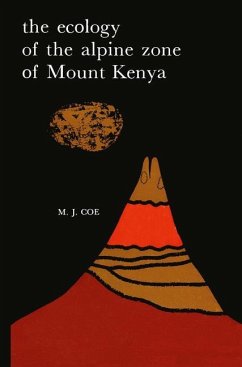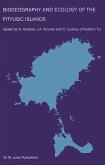For centuries the peak of Mount Kenya has held a magical and religious significance for the Bantu and Nilohamitic peoples around its base. The Kikuyu live around the Eastern and Southern bound aries and the closely related Uembu and Umeru on the S.E. and N.E. respectively. Early in this century the Masai lived to the N.W. and North, but after continual warfare between them and their neighbours, the European administrators of that time moved them to a special reserve to the South, which accounts at the present day for the retention in the Masai language of many words that refer to Mount Kenya. Kikuyu folk-lore tells how, when the earth was formed, a man named Mogai made a great mountain, Kere-Nyaga. The fine white powder (snow) covering the peak, which they called ira, was said to be the bed of Ngai (God), and during male and female circumcision ceremonies a white powder was placed on the wound, and the ini tiates were told that this material had been brought from the summit of the mountain. In fact all important tribal ceremonies were, and in many cases still are conducted facing the mountain. Such occasions include marriage and sacrifice when, in time of hardship, Ngai's aid is called upon (CAGNOLO 1933, KENYATTA 1938, CRIRA 1959).








